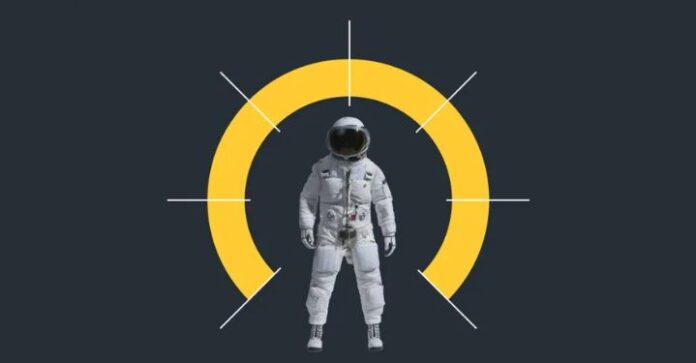The return of NASA astronauts after a 9-month journey in space serves as a poignant reminder of the challenges and unknowns of human space exploration. As astronauts step back onto Earth, their bodies face a range of physiological changes that come with living in a microgravity environment for extended periods. Space, with its unique conditions, forces the human body to adapt in ways that scientists are still studying. Understanding how space travel alters the human body is essential, especially as missions extend beyond Earth’s orbit, toward Mars and beyond.
Impact of Microgravity on Muscle and Bone Health: One of the most notable effects of extended space missions is muscle atrophy and bone density loss. On Earth, gravity constantly works against the body, maintaining muscle strength and bone density. However, in space, muscles and bones don’t face the same pressure, leading to a gradual weakening of both. Astronauts often experience significant muscle loss, particularly in the legs and back. Similarly, the lack of gravity also causes a decrease in bone mass, which can lead to conditions akin to osteoporosis. To counteract these effects, astronauts undergo regular exercise routines using specialized equipment designed to mimic the weight-bearing forces of Earth’s gravity.
Fluid Redistribution and Cardiovascular Effects: Microgravity causes fluids in the body to shift towards the upper body and head, a phenomenon known as “fluid redistribution.” This shift can lead to facial puffiness and increased intracranial pressure, which affects vision and can result in “spaceflight-associated neuro-ocular syndrome.” Additionally, space travel impacts the cardiovascular system. The heart, which is accustomed to pumping blood against gravity, becomes deconditioned in space. It can shrink in size, and upon return to Earth, astronauts can experience difficulties in maintaining blood pressure and circulation, leading to dizziness and fainting.
Impact on the Immune System and Psychological Well-being: The immune system undergoes significant changes during long-duration space missions. In space, astronauts often experience an increased susceptibility to infections, due to the weakening of certain immune responses. Research has shown that spaceflight can lead to the reactivation of dormant viruses, such as the Epstein-Barr virus. The psychological challenges of long-term space missions are also significant. Astronauts are confined to small, isolated environments with limited social interaction, which can cause feelings of isolation, anxiety, and depression. Psychological support is crucial for maintaining the mental well-being of astronauts, especially on missions where Earth is far out of reach.
Rehabilitation and Recovery After Returning to Earth: When astronauts return to Earth after extended space travel, they must undergo a careful and methodical rehabilitation process. The first few days are often spent adjusting to Earth’s gravity, which can be overwhelming after months in microgravity. Astronauts experience difficulty walking and may need assistance getting up and moving around. Physical rehabilitation, including strength training and physical therapy, is essential for regaining muscle strength and bone density. Moreover, astronauts must gradually readjust their cardiovascular system to functioning under Earth’s gravitational pull. Rehabilitation programs aim to restore astronauts’ health and ensure they can reintegrate into life on Earth.
Conclusion: NASA’s space missions have provided valuable insights into how the human body adapts to the challenges of space. While significant physiological changes occur in space, research continues to advance, ensuring that future missions—especially those to distant destinations like Mars—are as safe as possible. Understanding and mitigating the effects of space on the human body is critical for the future of space exploration, and the experiences of astronauts offer key lessons for human health both in space and on Earth.

